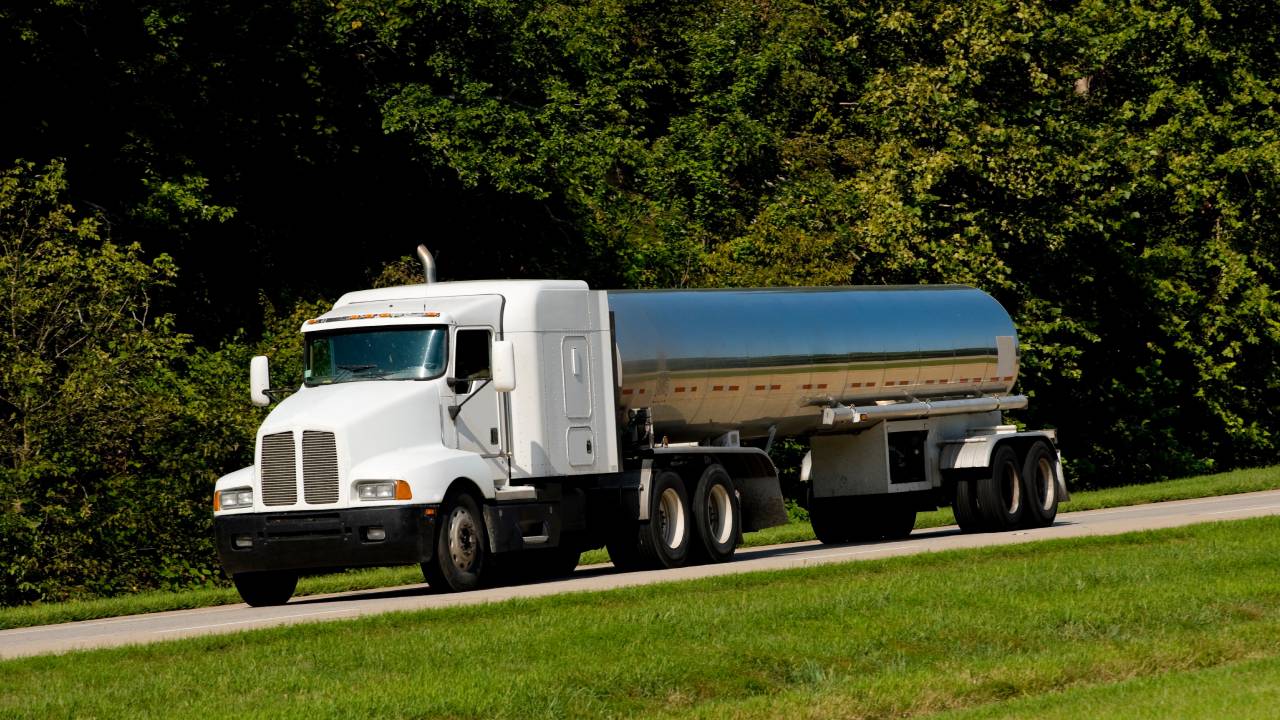Law enforcement officers provide an essential service in which they put their lives at risk every day. That's why they depend on wearing robust body armor.
Category: Information
5 Essential Safety Tips for Tanker Trailers
Stay safe with these safety tips for tanker trailers, from maintenance to compliance. Following these practices can prevent accidents and protect cargo.
Tips for Safely Handling Industrial Gas Mixtures
A man wearing a blue jumpsuit and yellow hard hat is looking at large industrial pipes while holding a tablet.
Tips for Finding Fishing Spots in the Cold Weather
Fishing in cold weather can be as rewarding as it is challenging, especially if you know where to look and how to prepare. As temperatures drop, fish behavior changes, making it essential to adapt your strategies. Whether you’re a seasoned angler or just starting out, understanding how to locate and catch fish in colder conditions […]
Tips To Grow Strong Crops During the Winter
Cold temperatures, short days, and the potential for frost and snow during winter can create daunting conditions for even the most experienced growers. However, with the right strategies and knowledge, these challenges can become opportunities for a successful harvest. These tips to grow strong crops during the winter will ensure your plants survive and thrive throughout the coldest […]





